

Population size, distribution and Growth Rate:
The Tamale Metropolis in general is believed to have a population in the region of between 350,000 to 450,000 people, even though the 2000 population and Housing census put the population of Metropolis at 293,881. This, according to the Census is made up of 146,979 males and 146,902 females.
Apart from Metropolitan Tamale where there is ethnic diversity, almost all people in the surrounding villages are Dagombas. Even in the Metropolis, the Dagombas constitute about 80% of the total population. Before the advent of both Western and Eastern Religions, the Dagombas were mostly African traditionalist. Their culture was deeply enshrined in their customs and beliefs. The result of this is still manifested in the numerous traditional festivals still practiced. These practices are no longer pronounced in Metropolitan Tamale as a result of the ethnic diversity and the influence of both Eastern and Western Cultures.
With an urban population of 67.1%, the Metropolis is the only district in the region which is predominantly urban. The population density of 318.6 persons per square kilometres for the Metropolis is about 12 times higher than the Regional average density of 25.9 persons per square kilometres. There exists vast difference between the densities of the urban and rural areas. This is an indication of influx of people to Urban Tamale, and gives credence to the assertion that facilities and opportunities for modern employment are concentrated in few central places.
The age structure of the population of a high fertility country such as Ghana is basically shaped by the effect of mortality. As it is the case with the Metropolis area, the structure of the population indicates a broad base that gradually tapers off with increasing age due to death. The fact that the population aged 9 – 5 is slightly below that of 6 – 12 years is an indication of this trend. The youthfulness of the population implies that we have the most important human resource potential that his tremendous potential will determine our strength and resilience in pursuing our social, economic and political development goals.
On the other hand, the proportion of the elderly at 4.1 percent is rather far lower than the regional and national averages of 4.5 percent and 5.3 percent respectively, an indication of a comparably low life expectancy. In this regard pragmatic efforts would have to be made to make primary health care delivery more accessible and affordable to the aged.
With gross primary and JSS enrolment rates at 85.3% and 52.6% respectively much more need to be done for the realisation of the FCUBE program in the Metropolis. Disparity among JSS boys (60.7%) and girls (44.1%) is even quite alarming. In view of this, much more need to be done to encourage parents in the Metropolis to embrace the girl child education Programme.
Islam is the predominant religion in the Metropolis with 84% of the population affiliated to it. Catholics follow this with a proportion of 6% as shown in the table Forty nine (49) percent of households live in structures that have mud/mud brick/earth as the main construction material for the outer walls as compared to a regional average of 87.8% and a national of 50%.
The various types of construction materials for the outer walls of dwellings by households in the Metropolis are presented in Table 5 From the above figure, it could be seen that 59% of households in the Metropolis use electricity as their main source of lighting, 40% rely on kerosene lamp for lighting while 1% use gas lamp and solar energy.
The fact that a good number of households (14.9%) in the Metropolis still use unsafe sources of drinking water tell how much problem we still have at hand. However, it is worth noting that 78.8% of households have access to pipe borne water.
Households in the Metropolis that do not have access to any kind of toilet facility constitute 35.6% whereas 41.6 percent use public toilet facilities. 78.6 percent of the over 45,000 households in the Metropolis do not have toilet in the houses they live in. This situation has a serious health implication and therefore needs an urgent solution
Date Created : 11/18/2017 8:42:44 AM




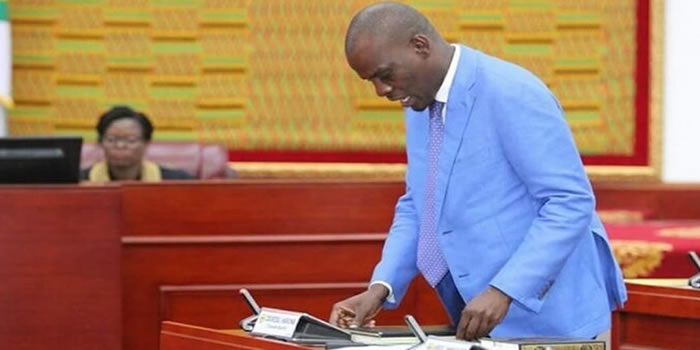
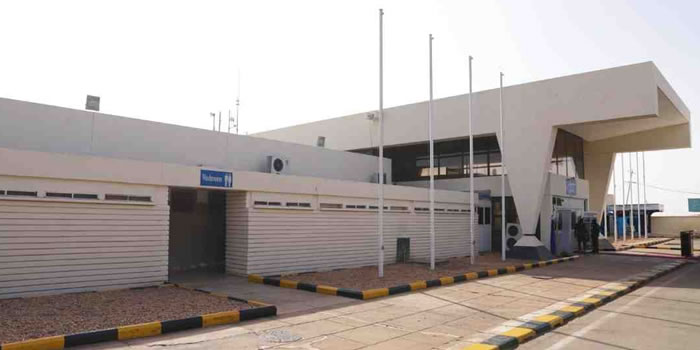
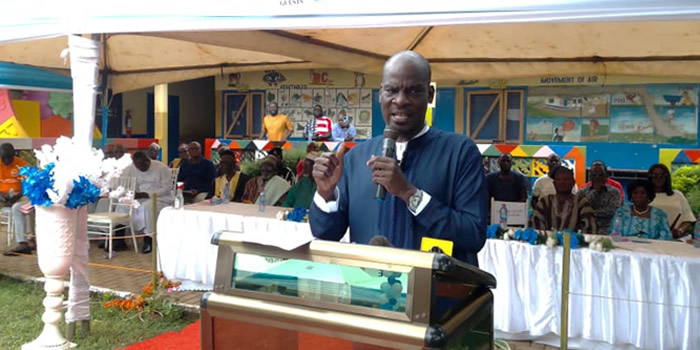
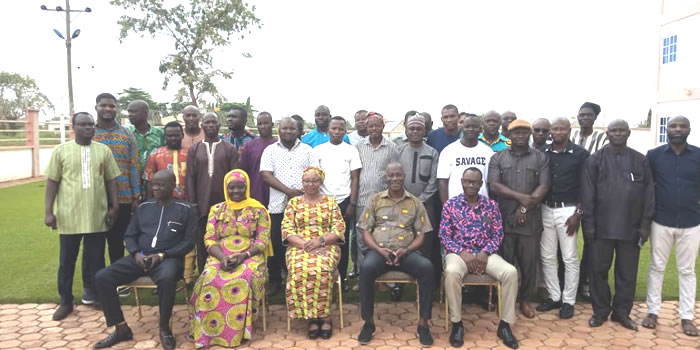
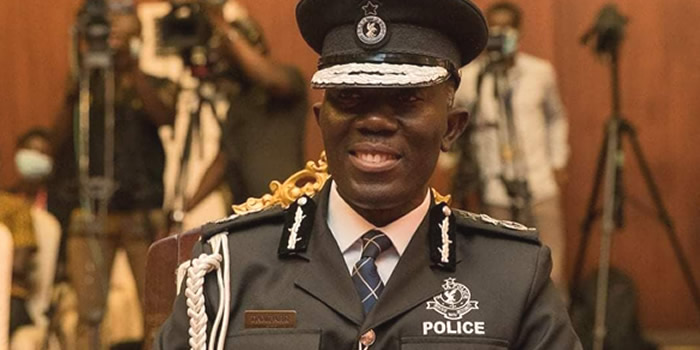
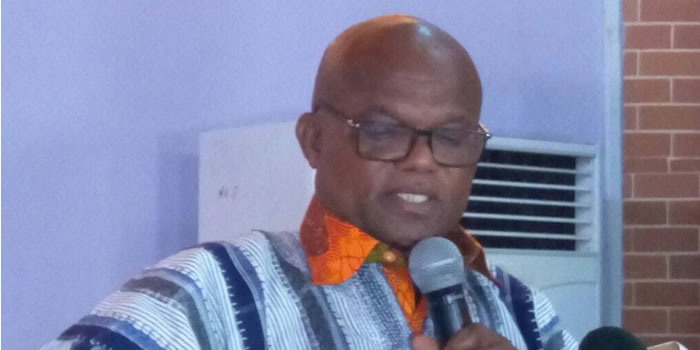


 facebook
facebook
 twitter
twitter
 Youtube
Youtube
 +233 593 831 280
+233 593 831 280 0800 430 430
0800 430 430 GPS: GE-231-4383
GPS: GE-231-4383 info@ghanadistricts.com
info@ghanadistricts.com Box GP1044, Accra, Ghana
Box GP1044, Accra, Ghana